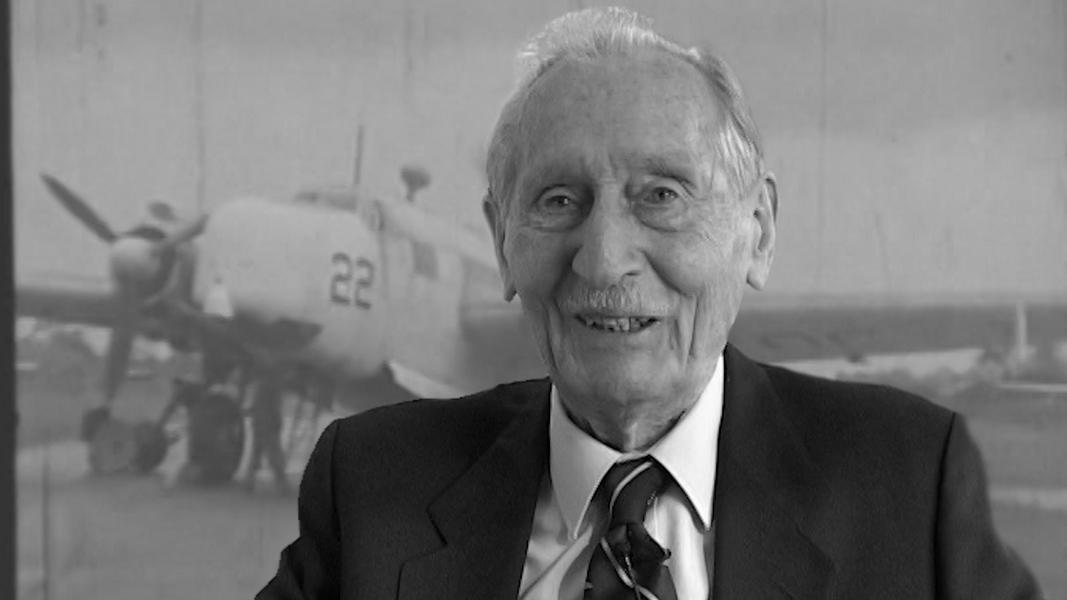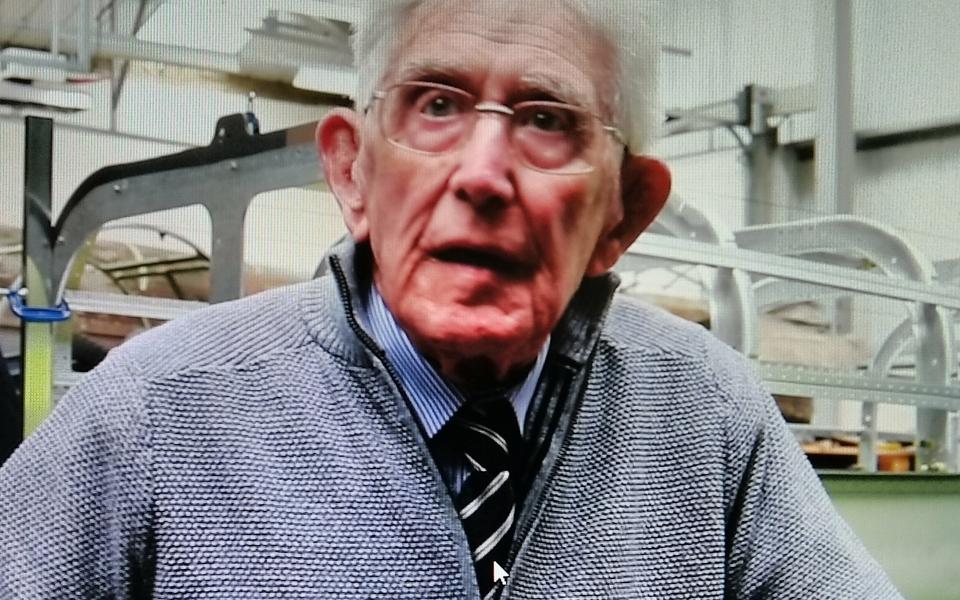still the case is they train for the anticipated threat.
The story is you know never train for the war you fight
is true, but that doesn't discount that the principles
and the approach in which a squadron tries to learn
the new environment works so 80% of the fundamentals
work anywhere and then it's just learning the
new environment.
So in the desert it's learning to fly over sand dunes.
Learning that things like maybe the rattle doesn't always
work over that.
Learning when you fly in Wales, you're gonna get,
you can get, if you get a shadow of where a smaller hill
is in front of a bigger hill and there's a shadow which
you know from low level airways so if you're aiming to fly
over the big hill you can fly into the small hill
'cause you can't see it because of the shadow.
Well you don't quite get that in the desert but you get
something very similar because of the light.
You can have a big sand dune and a smaller sand dune
and because it's so bright you can't see the smaller
sand dune in front of the big sand dune and when you're
flying around as we were 50 feet or at times lower
in the gulf you know it's learning how to do that.
It's learning how to fly at heights below 50 feet
where the rattles locked off anywhere
and you are eyeballing up to you know your maximum speed.
Understanding when you get down to that height if a missile
locks you up that you have to pull up to turn to pull
the G necessary to break the lock.
Because if you're going at 20 feet above the ground
well the aircraft's wingspan is 60 feet so you can't pull
it aside.
So there's a number of things that you adjust to.
The heat.
The lack of nav features, et cetera.
But nothing too disturbing that you haven't done every
year of your life because that's what air crew do.







